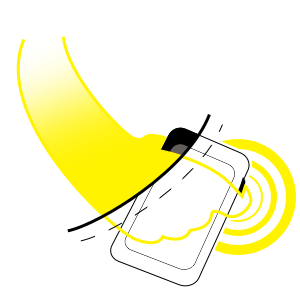Panic Button Training Kit
Imagine Panic Button as the tip of an iceberg. For the app to be as effective as it can be, it needs to be enveloped in a larger risk assessment process. Understanding who the actors are, what they can do for (and against) you, and planning beforehand is as important as learning how to use the app.
We created a set of training cards for communities and HRD trainers, based on the methodology Amnesty International fine-tuned over months of assisting communities at risk to integrate the Panic Button into their work. The cards are meant to be used in 1-2 day workshops with a medium-sized group (20-30 participants), but they can also be consulted separately.
You can browse the cards online, or print them for use in workshops. We appreciate feedback: please let us know how the cards have been useful for you, and how they can be improved to better fit your needs.
-
Timespan:
60 to 75 minutes -
Timespan:
45m individually
+
15m discussion -
Timespan:
60 minutes -
Timespan:
2 to 4 hours, normally played over dinner -
Timespan:
90 minutes -
Timespan:
-
Timespan:
 Introduction
Introduction
 Risk Mapping
Risk Mapping
 Who is in your PACT?
Who is in your PACT?
 imPACT
imPACT
 PACT action plan
PACT action plan
 App setup and practice
App setup and practice
 Digital mobile security
Digital mobile security